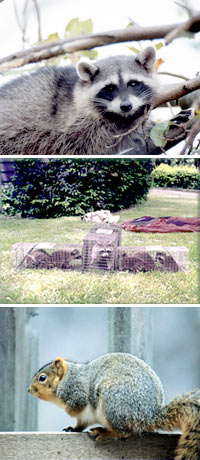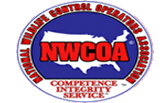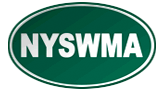WELCOME TO ANIMAL CONTROL SERVICES of C.N.Y.
Wildlife are fun to watch but can become a financial or health risk if they move indoors with you and your family. Raccoons and Squirrels can damage insulation, vents, and wiring. Woodchucks by burrowing along building foundations can create water problems, and cracked cement through its settling. Additionally, some skunks will not be at all shy about moving into the woodchuck's hole, creating you an even bigger problem.
Why you should choose Animal Control Services Of C.N.Y.
Animal Control Services of C.N.Y. uses only humane trapping methods
following the guidelines of the state and federal government. Traps are checked
daily to insure that no animal spends more than 24 hours in a cage trap. Species that can be legally released are done so daily. Any species that the state wildlife law requires to be euthanized will be done so in humane manner in accordance with American Veterinarian Medical Association suggested methods. We've heard from customers that have called us in to fix some of the other nuisance wildlife removal services work, "why they just slapped down a trap and ask me to call them if an animal is caught." Some of these "services" never returned- even to retrieve their trap. But, they did collect their service fee.

Most other "animal removal companies" are actually animal trappers. The is
just what they do, trap an animal. Animal Control Services of C.N.Y. is a
specialty company that has built quality services around its core animal control business. We find the problem, solve the problem and provide for it not to become a problem for you in the future. We are truly a full service
company. Plus, we're an independent company - we don't need to pass on to you
any franchise fees. For your protection our employees are fully trained in
animal capture, repair techniques, knowledgeable of OSHA safety standards, and
insured for liability.
We Know that people appreciate Wildlife. Just not in their Home!! All Wildlife Species Handled




